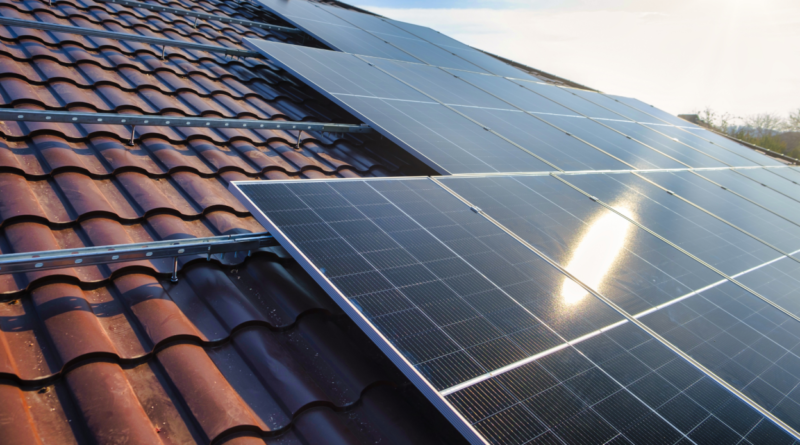Five Ways to Generate Solar Power at Home Without Roof-mounted Panels
There are a lot of good reasons to consider adding solar energy to your home. The price of electricity from the grid has been trending upward for a while now, for one thing. And climate change is generating more and more powerful weather events, which in turn lead to potential blackouts, which means having an alternative way to power your home is a very, very good idea.
The most obvious way to get solar energy into your house is to install panels on your roof. But roof panels have one big disadvantage: They are attached to your roof. This can complicate roof repair, maintenance, and replacement, and not all roof systems are ideal for solar panel placement. Solar panels aren’t the most attractive objects to have bolted onto the top of your house. Well, if you want solar energy but hesitate about enormous panels on your roof, you do have some alternatives.
Flexible panels
If large, rigid panels won’t work for your home (or your aesthetic), you might find flexible panels easier to deal with. These products are similar to solar panels in some ways, but differ in one crucial aspect: They are relatively thin, which makes them flexible and bendable. That means they have a few advantages over the traditional rigid solar panel:
Ease of installation. Flexible panels are a lot easier to install because they’re not as heavy and bulky as traditional panels. It’s a project a relatively handy person could do themselves (although the electrical wiring should be done by a licensed professional). They also have a much lower profile, so even if you do decide to put them on your roof, they will be much less visible.
Options for placement. Because they bend, flexible panels can be put just about anywhere. They weigh much less than rigid panels, so you can slap them on almost any surface that gets sunlight and start benefiting from solar energy.
There is one major downside to flexible solar panels, however: They generate a lot less energy. Most rigid solar panels attain an efficiency (the percentage of solar energy converted into electricity) of more than 20%, but flexible panels top out at 15% at best. That lower efficiency translates to less electricity; while standard panels can provide up to 300 watts, flexible panels can only provide about half of that.
Ground-mounted panels
Solar panels don’t have to be installed on a roof—if you have the property, you can install them on the ground. This is as much of a project as installing those panels on your roof because you have to construct a framework to attach the panels to, but there are a lot of advantages aside from sparing your roofline: They can be easier to maintain and replace because you don’t have to climb onto your roof to do the work, and a ground-mounted system can also utilize sun-tracking technology that rotates the panels to maximize their sun exposure.
Solar roof
If your roof is the best place for solar panels but you hate the idea of those clunky panels, you have a more elegant choice: solar shingles. Tesla, for example, will install a solar roof on your house, and there are several other companies that manufacture similar products. Solar shingles can offer you all the solar energy you want (many provide similar efficiency ratings as regular panels) with a more traditional look, preserving your home’s aesthetics. Having a solar roof installed can be pricey (ranging between $20 and $30 per square foot), but most come with lengthy warranties that make the price worth it.
Solar blinds
Another option for getting solar energy pumped into your home is installing solar blinds on your windows. There aren’t a lot of companies offering these products (SolarGaps is one), and installing them probably won’t provide enough energy to get you off the grid entirely. But they offer a less intrusive and more attractive option for supplementing your energy with solar power.
Solar siding
You can get solar panels on your house without touching your roof by using the vertical surfaces of your home. Solar siding companies like Mitrex will install vertical panels on your house that can generate plenty of juice (up to 350 watts) while maintaining the look and feel of the home. These siding panels can look like wood, brick, or natural stone to match up with your existing facade or for easy incorporation into a new build.
Coming soon: Windows
In the not-quite-there-yet department are solar windows. While there are prototypes like Physee’s PowerWindow, they’re not yet readily available for purchase, and most experts think we’re still some years away from these windows being a viable alternative to other solar energy products. Still, someday, relatively soon, you might be able to replace your windows with new solar models that will power up your home’s appliances and devices without any aesthetic compromise at all.
Solar energy is a key way to get more from your property, insure yourself against power outages, and save some money—and you have more choices for getting it into your home than you think.




